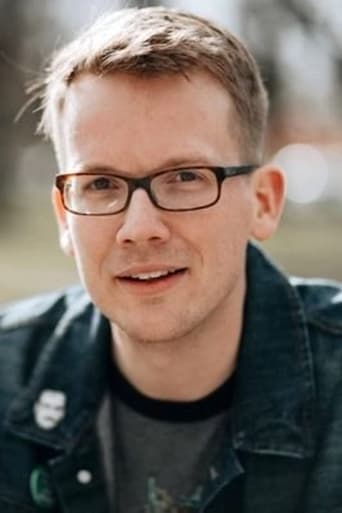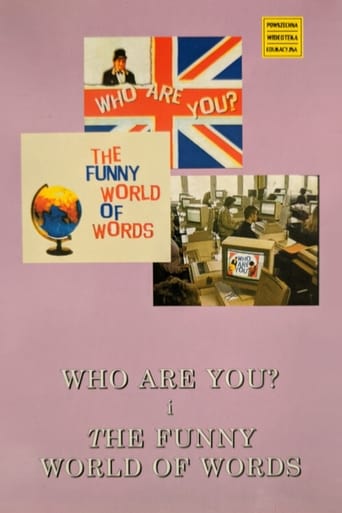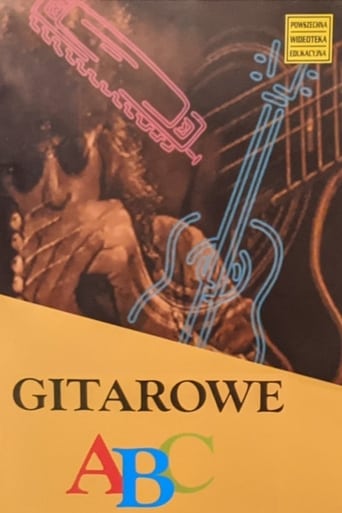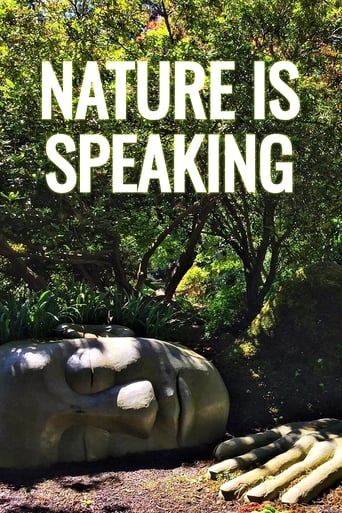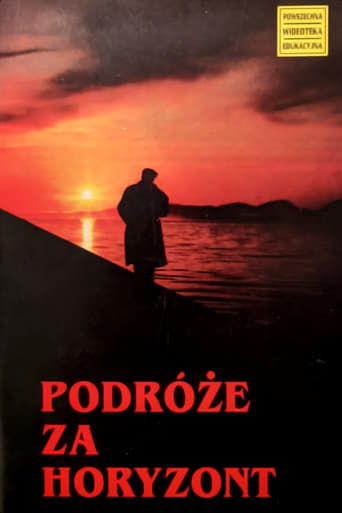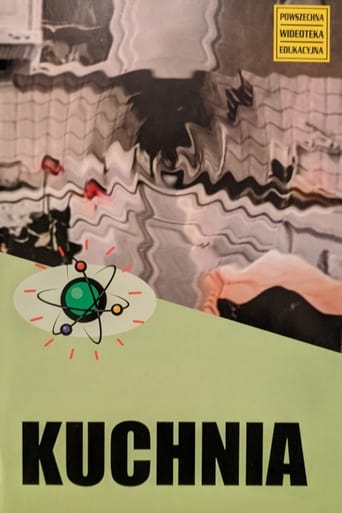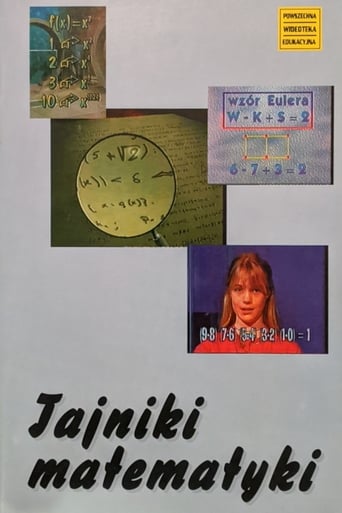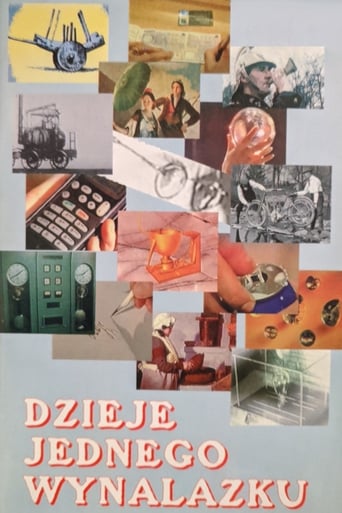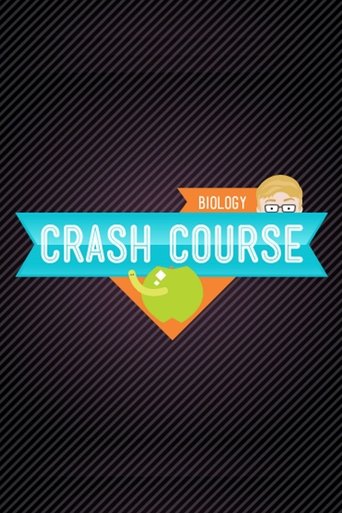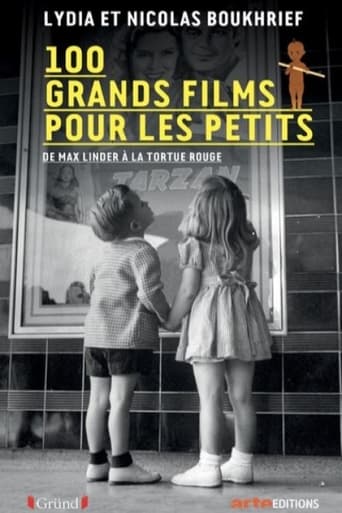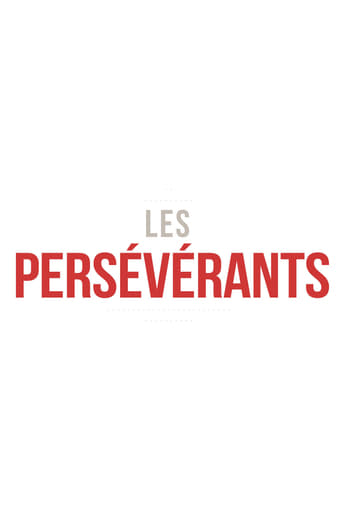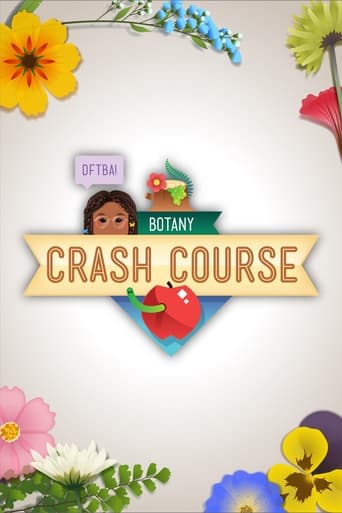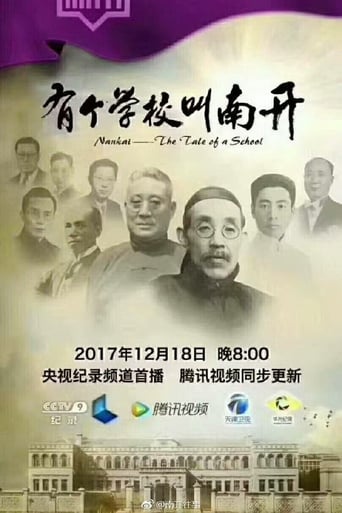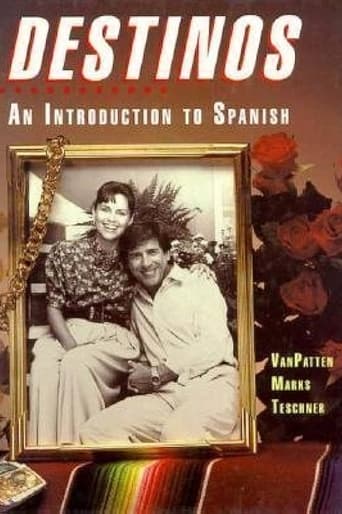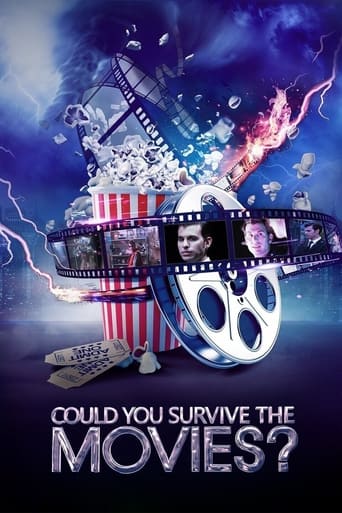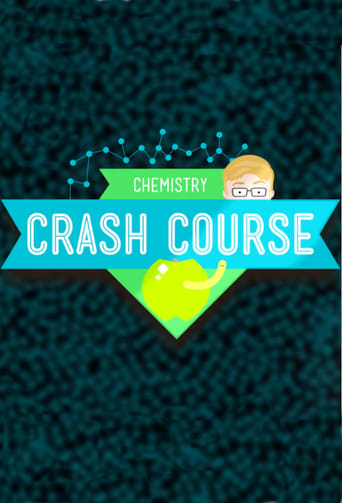










Aromatics and Cyclic Compounds
What's that smell? Smell's like Organic Chemistry! This week Hank talks about Aromatics and Cyclic Compounds and naming their substituents, resonance as well as common reactions & uses.
Writing:
Release Date:
Mon, Feb 04, 2013
Country: US
Language: En
Runtime: 11
Country: US
Language: En
Runtime: 11
Hank Green
Self - Host
Season 1:

Hank does his best to convince us that chemistry is not torture, but is instead the amazing and beautiful science of stuff. Chemistry can tell us how three tiny particles - the proton, neutron and electron - come together in trillions of combinations to form ... everything. In this inaugural episode of Crash Course Chemistry, we start out with one of the biggest ideas in chemistry ever - stuff is made from atoms.

A unit is the frequently arbitrary designation we have given to something to convey a definite magnitude of a physical quantity and every quantity can be expressed in terms of the seven base units that are contained in the international system of units. Hank thinks this is a thrilling subject, and while you may not agree, it is a subject that is very important if you want to be a scientist and communicate with accuracy and precision with other scientists.

Today's Crash Course Chemistry takes a historical perspective on the creation of the science, which didn't really exist until a super-smart, super-wealthy Frenchman put the puzzle pieces together - Hank tells the story of how we went from alchemists to chemists, who understood the law of conservation of mass as proposed by a decapitated aristocrat, and explains how we came to have a greater understanding of how chemical compounds work and eventually a complete understanding of what atoms and molecules are.

Hank gives us a tour of the most important table ever, including the life story of the obsessive man who championed it, Dmitri Mendeleev. The periodic table of elements is a concise, information-dense catalog of all of the different sorts of atoms in the universe, and it has a wealth of information to tell us if we can learn to read it.

Hank brings us the story of the electron and describes how reality is a kind of music, discussing electron shells and orbitals, electron configurations, ionization and electron affinities, and how all these things can be understood via the periodic table.

Chemists need stoichiometry to make the scale of chemistry more understandable - Hank is here to explain why, and to teach us how to use it.

Dihydrogen monoxide (better know as water) is the key to nearly everything. It falls from the sky, makes up 60% of our bodies, and just about every chemical process related to life takes place with it or in it. Without it, none of the chemical reactions that keep us alive would happen - none of the reactions that sustain any life form on earth would happen - and the majority of inorganic chemical reactions that shape the surface of the earth would not happen either. Every one of us uses water for all kinds of chemistry every day - our body chemistry, our food chemistry and our laundry chemistry all take place in water. In today's Crash Course Chemistry, we use Hank's actual dirty laundry (ew) to learn about some of the properties of water that make it so special - it's polarity and dielectric property; how electrolytes can be used to classify solutions; and we discover how to calculate a solution's molarity as well as how to dilute a solution using the dilution equation.

Last week, Hank talked about how stuff mixes together in solutions. Today, and for the next few weeks, he will talk about the actual reactions happening in those solutions - atoms reorganizing themselves to create whole new substances in the processes that make our world the one we know and love. This week, we focus on acids and bases and their proton-exchanging ways.

A lot of ionic compounds dissolve in water, dissociating into individual ions. But when two ions find each other that form an insoluble compound, they suddenly fall out of solution in what's called a precipitation reaction. In this episode of Crash Course Chemistry, we learn about precipitation, precipitates, anions, cations, and how to describe and discuss ionic reactions.

All the magic that we know is in the transfer of electrons. Reduction (the loss of electrons) and oxidation (gaining electrons) combine to form Redox Chemistry, which contains the majority of chemical reactions. As electrons jump from atom to atom, they carry energy with them, and that transfer of energy is what makes all life on earth possible.

Learning to talk about chemistry can be like learning a foreign language, but Hank is here to help with some straightforward and simple rules to help you learn to speak Chemistrian like a native.

Gases are everywhere, and this is good news and bad news for chemists. The good news: when they are behaving themselves, it's extremely easy to describe their behavior theoretically, experimentally and mathematically. The bad news is they almost never behave themselves. In this episode of Crash Course Chemistry, Hank tells how the work of some amazing thinkers combined to produce the Ideal Gas Law, how none of those people were Robert Boyle, and how the ideal gas equation allows you to find out pressure, volume, temperature or number of moles. You'll also get a quick introduction to a few jargon-y phrases to help you sound like you know what you're talking about.

We don't live in a perfect world, and neither do gases - it would be great if their particles always fulfilled the assumptions of the ideal gas law, and we could use PV=nRT to get the right answer every time. Unfortunately, the ideal gas law (like our culture) has unrealistic expectations when it comes to size and attraction: it assumes that particles do not have size at all and that they never attract each other. So the ideal gas "law" often becomes little more than the ideal gas estimate when it comes to what gases do naturally. But it's a close enough estimate in enough situations that it's very valuable to know. In this episode, Hank goes through a bunch of calculations according to the ideal gas law so you can get familiar with it.

Hank bursts our ideal gas law bubble, er, balloon, and brings us back to reality, explaining how the constants in the gas law aren't all that constant; how the ideal gas law we've spent the past two weeks with has to be corrected for volume because atoms and molecules take up space and for pressure because they're attracted to each other; that Einstein was behind a lot more of what we know today than most people realize; and how a Dutch scientist named Johannes van der Waals figured out those correction factors in the late 19th century and earned a Nobel Prize for his efforts.

This week we continue to spend quality time with gases, more deeply investigating some principles regarding pressure - including John Dalton's Law of Partial Pressures, vapor pressure - and demonstrating the method for collecting gas over water.

We have learned over the past few weeks that gases have real-life constraints on how they move here in the non-ideal world. As with most things in chemistry (and also in life) how a gas moves is more complex than it at first appears. In this episode, Hank describes what it means when we talk about the velocity of a gas - to understand gas velocity, we have to know what factors effect it, and how. Hank also teaches you about effusion, diffusion and concentration gradients, before showing off a cool experiment that physically demonstrates the things you have just learned. Sound exciting enough for you? Let's get started.

Grumpy Professor Hank admits to being wrong about how everything is chemicals. But he now wants you to listen as he blows your mind with a new sweeping statement: everything (yes, really everything this time) is energy. What?! This week, Hank takes us on a quick tour of how thermodynamics is applied in chemistry using his toy trebuchet as an example, because he is a proud nerd.

Energy is like the bestest best friend ever and yet, most of the time we take it for granted. Hank feels bad for our friend and wants us to learn more about it so that we can understand what it's trying to tell us - like that any bond between two atoms contains energy. How much energy? That's not the simplest question to answer, but today Hank will answer it (kinda), by teaching us about a nifty little thing called enthalpy. If you are paying attention to this episode you'll learn what the state function is, and how it varies from a path-dependent function; why enthalpy change is different from heat; that bonds are energy and to form and break them they release and absorb heat to and from their environment. You'll get the quickest introduction to calorimetry ever (more on that in upcoming episodes) and learn the power of Hess's Law and how to use Germain Hess's concept of the standard enthalpy of formation to calculate exactly how much heat is produced by any chemical reaction.

Today's episode dives into the HOW of enthalpy. How we calculate it, and how we determine it experimentally...even if our determinations here at Crash Course Chemistry are somewhat shoddy.

Life is chaos and the universe tends toward disorder. But why? If you think about it, there are only a few ways for things to be arranged in an organized manner, but there are nearly infinite other ways for those same things to be arranged. Simple rules of probability dictate that it's much more likely for stuff to be in one of the many disorganized states than in one of the few organized states. This tendency is so unavoidable that it's known as the 2nd Law of Thermodynamics. Obviously, disorder is a pretty big deal in the universe and that makes it a pretty big deal in chemistry - it's such a big deal that scientists have a special name for it: entropy. In chemistry, entropy is the measure of molecular randomness, or disorder. For the next thirteen minutes, Hank hopes you will embrace the chaos as he teaches you about entropy.

Hank takes a break from the desk to bring you to the lab in order to demonstrate some important points about the practical side of chemistry - experimentation in the laboratory. You'll learn what to wear in the lab, how to dispose of chemicals safely, how to avoid the most common accidents, how to pour solutions properly, what the HazMat diamond means, what an MSDS is, and how to use a fume hood. And as a reward for sticking with him through this maybe less-than-thrilling lecture, you'll see Hank subject himself to an exciting piece of safety apparatus.

Atoms are a lot like us - we call their relationships "bonds," and there are many different types. Each kind of atomic relationship requires a different type of energy, but they all do best when they settle into the lowest stress situation possible. The nature of the bond between atoms is related to the distance between them and, like people, it also depends on how positive or negative they are. Unlike with human relationships, we can analyze exactly what makes chemical relationships work, and that's what this episode is all about. If you are paying attention, you will learn that chemical bonds form in order to minimize the energy difference between two atoms or ions; that those chemical bonds may be covalent if atoms share electrons, and that covalent bonds can share those electrons evenly or unevenly; that bonds can also be ionic if the electrons are transferred instead of shared: and how to calculate the energy transferred in an ionic bond using Coulomb's Law.

Molecules come in infinite varieties, so in order to help the complicated chemical world make a little more sense, we classify and categorize them. One of the most important of those classifications is whether a molecule is polar or non-polar, which describes a kind of symmetry - not just of the molecule, but of the charge. In this edition of Crash Course Chemistry, Hank comes out for Team Polar, and describes why these molecules are so interesting to him. You'll learn that molecules need to have both charge asymmetry and geometric asymmetry to be polar, and that charge asymmetry is caused by a difference in electronegativities. You'll also learn how to notate a dipole moment (or charge separation) of a molecule, the physical mechanism behind like dissolves like, and why water is so dang good at fostering life on Earth.

Models are great, except they're also usually inaccurate. In this episode of Crash Course Chemistry, Hank discusses why we need models in the world and how we can learn from them... even when they're almost completely wrong.

In this episode of Crash Course Chemistry, Hank discusses what Molecules actually look like and why, some quantum-mechanical three dimensional wave functions are explored, he touches on hybridization, and delves into sigma and pi bonds.

In this episode of Crash Course Chemistry, Hank gives you the low down on things like London Dispersion Forces, Hydrogen Bonds, Cohesion, Adhesion, Viscosity, Capillary Action, Surface Tension, and why liquids are just...

This week, Hank elaborates on why Fugu can kill you by illustrating the ideas of solutions and discussing molarity, molality, and mass percent. Also, why polar solvents dissolve polar solutes, and nonpolar solvents dissolve nonpolar solutes. All that plus Henry's Law and why Coke = Burps.

In this episode of Crash Course Chemistry, Hank goes over the ideas of keeping your life balance... well, your chemical life. Equilibrium is all about balance and today Hank discusses Chemical Equilibrium, Concentration, Temperature, and Pressure. Also, he'll chat about Le Chatalier's Principle and Fritz Haber.

In which Hank shows you that, while it may seem like the Universe is messing with us, equilibrium isn't a cosmic trick. Here, he shows you how to calculate equilibrium constant & conditions of reactions and use RICE tables all with some very easy, not-so-scary math.

In this episode, Hank goes over Reversible Reactions, the water dissociation constant, what pH and pOH actually mean, Acids, Bases, and Neutral Substances as well as the not-so-terrifying Logarithms, strong acids, weak acids, and how to calculate pH and pOH.

In this episode, Hank talks about how nutty our world is via Buffers! He defines buffers and their compositions, talks about carbonate buffering systems in nature, acid rain, pH of buffers, and titration. Plus, a really cool experiment using indicators to showcase just how awesome buffers are.

Have you ever been to a Demolition Derby? Then you have an idea of how molecular collisions happen. In this episode, Hank talks about collisions between molecules and atoms, activation energy, writing rate laws, equilibrium expressions, reactions mechanics, and rate-determining steps.

In which Hank blows our minds with the different kinds of Solids out there and talks about why they're all different and have different properties. Today, you'll learn about amorphous and crystalline solids, types of crystalline solids, types of crystalline atomic solids, properties of each type of solid, and that the properties depend on the bond types.

Hank talks about Network solids and Carbon and how you can actually create a Diamond from plain old Carbon... well, YOU probably can't unless you own a bunch of elephants. It's a long story. BUT, within you will learn about Solid Networks, Diamond and Graphite Network Structures, as well as Sheet and 3D Networks. It's not making diamonds from scratch, but it's still pretty cool!

In this episode, we talk about Silicon Valley's namesake and how network solids are at the heart of it all. Hank also discusses Solid-State Semiconductors, N-Type and P-Type Semiconductors, Diodes, Transistors, Computer Chips, and Binary Code. All from the same thing that makes up sand!

Hank discusses electrochemical reactions, half reactions, how batteries work, galvanic cells, voltage, standard reduction potential, cell potential, electrolysis, and electro plating and the things that go into making it possible for you to watch this episode of Crash Course Chemistry!

How did we get here? Well, in terms of Atomic Chemistry, Hank takes us on a tour of the folks that were part of the long chain of other folks who helped us get to these deeper understandings of the world. From Leucippus to Heisenberg to you - yes, YOU - the story of Atomic Chemistry is all wibbly-wobbly... and amazing.

Hank welcomes you to the new age, to the new age, welcome to the new age. Here he'll talk about transmutation among elements, isotopes, calculating half-life, radioactive decay, and spontaneous fission.

Continuing our look at Nuclear Chemistry, Hank takes this episode to talk about Fusion and Fission. What they mean, how they work, their positives, negatives, and dangers. Plus, E=mc2, Mass Defect, and Applications of Fission and Fusion in the real world!

Hank introduces us to the world of Organic Chemistry and, more specifically, the power of hydrocarbon. He talks about the classifications of organic compounds, the structures & properties of alkanes, isomers, and naming an alkane all by observing its structure.

Today Hank talks about the deliciousness of alkenes & alkynes, their structures, and how to remember which is which by simply knowing the alphabet. Also, he breaks down hydrogenation, halogenation, polymerization, and triglycerides all while helping us figure out the meaning of different names for fats.

What's that smell? Smell's like Organic Chemistry! This week Hank talks about Aromatics and Cyclic Compounds and naming their substituents, resonance as well as common reactions & uses.

Functional groups? Functional groups within functional groups? Hank takes today's Crash Course video to discuss some confusing ideas about Hydrocarbon Derivatives, but then makes it all make more sense.

Ever feel like there's a international team of bad guys changing all of the easily remembered chemical names and turning them into test-failing, number-infused, pain in the neck names? Well... you're not wrong. IUPAC exists but try to keep in mind that they're doing it for the greater good. In this episode, Hank talks about IUPAC, prefixes, suffixes, ranking, numbers for carbon chains, and cis or trans double bonds.

Did you know that Polymers save the lives of Elephants? Well, now you do! The world of Polymers is so amazingly integrated into our daily lives that we sometimes forget how amazing they are. Here, Hank talks about how they were developed an the different types of Polymers that are common in the world today, including some that may surprise you.

In this final episode of Crash Course Chemistry, Hank takes us on a tour of the The Global Carbon Cycle and how it all works. From Carbon Fixation to Redox Reactions, it's all contained within!

